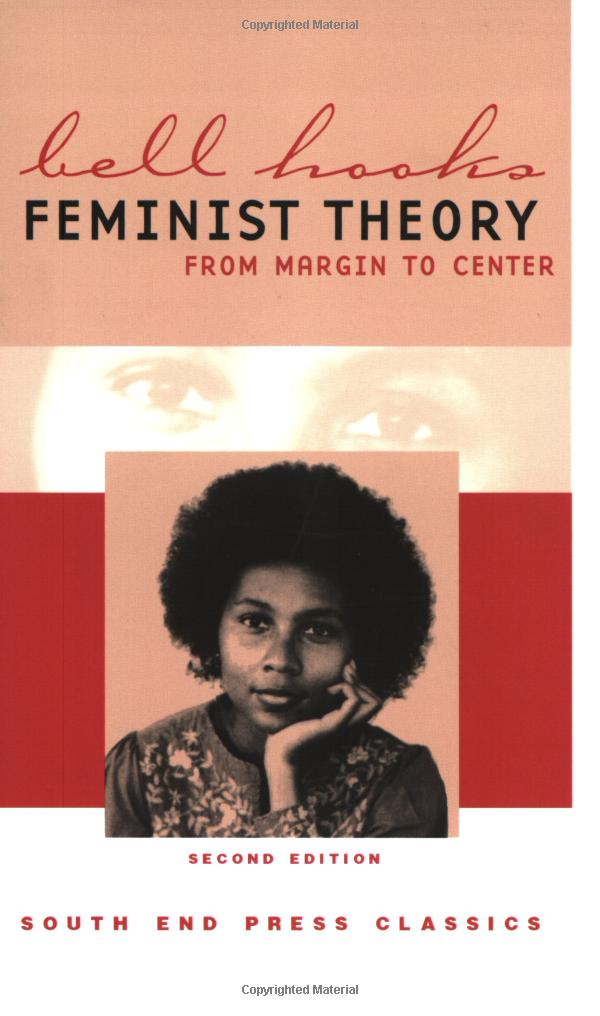

Concurrently, they know that many males in their social groups are exploited and oppressed. Women in lower-class and poor groups, particularly those who are non-white, would not have defined women’s liberation as women gaining social equality with men since they are continually reminded in their everyday lives that all women do not share a common social status. Hooks’ next point is critical: Most people, she writes, think of feminism “as a movement to make women the social equals of men.” But “which men do women want to be equal to?” she asks. That, to hooks, indicates a “growing disinterest in feminism as a radical political movement.” And this is 1984, when “women’s lib” was still a common term for the movement, so imagine the struggle we’ve had to keep the movement radical for the past 26 yers! hooks quotes Carmen Vasquez, writing with frustration in the essay “Towards A Revolutionary Ethics”:įeminism in America has come to mean anything you like, honey.

In other words, if we can’t define feminism, we can’t develop a theory or practice of it (I had to stop for a moment and look up “praxis”–which means the practice of an “art, science or skill”). Without agreed upon definition(s), we lack a sound foundation on which to construct theory or engage in overall meaningful praxis. In this chapter– “Feminism: A Movement to End Sexist Oppression” –hooks simply and clearly defines feminism. I’m starting with our woman-of-the-past-week, bell hooks, and Chapter 2 of her 1984 book Feminist Theory: From Margin to Center. Blog, so I felt I was finally ready to tackle the academic literature.Īnd so I begin my journey–which I’ll blog about here. I had already become more comfortable with words like “ heteronormativity” and “ intersectionality” simply by working with women’s studies scholars in my job editing Ms. Last year, though, some scholarly feminist friends offered me a list of “30+ Feminist Must-Reads,” which would take me from the 70s through the present day. I didn’t really know where the stairway was to feminism’s Ivory Tower, and no one came down to give me a map.

Aside from Ms., Steinem’s books and Susan Faludi’s Backlash, I garnered my feminism through experience, conversation and popular media rather than going to primary sources. magazine (I especially loved Jo Freeman’s essay “The Tyranny of Structurelessness”), Chrysalis and Heresiesmagazines, and anything Gloria Steinem wrote.īut since those days, I’ve gotten way behind in feminist theory. I’m your classic Second Waver–I came to feminism reading this familiar canon: The Feminine Mystique, Sisterhood is Powerful, The Female Eunuch, Lesbian Nation, The Second Sex, Against Our Will, Women and Madness, Sexual Politics, Towards a Recognition of Androgyny, Ms.


 0 kommentar(er)
0 kommentar(er)
